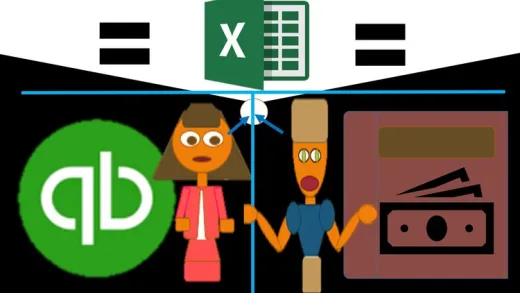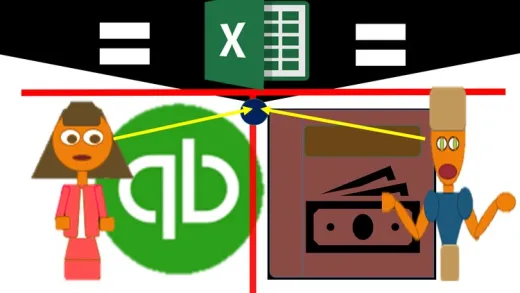About This Course
Mastering Corporate Liabilities: An In-depth Guide to Bonds, Notes Payable, and Other Financial Obligations
Welcome to this course, where we delve deep into the intricacies of corporate financial obligations. This comprehensive course introduces you to the world of bonds and notes payable from a corporate perspective, providing you with a clear understanding of the recording and issuance of such liabilities.
We kick-start our journey by exploring how to record the issuance of bonds, whether they're issued at par value, a discount, or a premium. Discover how present value calculations, often a challenging area for many learners, can be mastered through multiple methods. We'll guide you through calculations using formulas and algebra, present value tables, and the convenient functionalities of Microsoft Excel.
Our in-depth coverage continues as we explore how to calculate the issue price of bonds and understand why it often differs from the par or face value. We'll also examine the journal entries related to the retirement of a bond, both at its maturity and before.
Next, we'll delve into the concept of notes payable, including how to record journal entries for installment notes and construct relevant amortization tables. These tools will provide you with a robust understanding of what interest is, how it is calculated, and why it matters.
This course is designed not just to teach, but also to simplify. We'll show you how to use adjusting entries in an accounting system to streamline data entry and demonstrate how to create the liability section of the balance sheet, distinguishing between current and long-term portions.
Our exploration of the world of bonds will reveal various types of bonds and their characteristics. We'll demonstrate different methods for amortizing discounts and premiums, considering the pros and cons of each approach. The course also distinguishes between capital leases and operating leases, clarifying when a lease must be recorded as a capital lease.
The course is interspersed with practical tools including PDF files, Excel practice files, multiple-choice practice questions, short calculation practice questions, and thought-provoking discussion questions. These resources facilitate an interactive learning environment, allowing you to apply your new knowledge, improve test-taking skills, and engage in meaningful dialogues with fellow students.
You'll be learning from a Certified Public Accountant (CPA), Chartered Global Management Accountant (CGMA), Master of Science in Taxation, Certified Post-Secondary Instructor (CPS), and a curriculum development expert. With a rich history in both academia and professional practice, your instructor brings a wealth of knowledge and experience to this course.
Whether you're an aspiring CPA, an accounting student, a business owner, or simply a curious mind, this course aims to equip you with the knowledge and skills to confidently navigate the complexities of corporate liabilities. So, join us on this insightful journey and take a step closer to mastering corporate accounting!
Interpret bond issuance strategies, discerning the implications on corporate accounts when bonds are issued at par, discount, or premium.
Execute present value calculations using various methodologies, including algebraic formulas, actuarial tables, and Microsoft Excel functions.
Ascertain and articulate the factors that influence the issue price of bonds, comprehending why it often diverges from its face value.









Marc M. G.
Its really good but some of the modules keep repeating. In addition, please enlighten me regarding the formula. 8% face value and 10% market rate. At first glance, we come to the conclusion that the market rate is higher, so discounts on bond . But in the formula of getting the PV, you divide by 2 years the Market rate of 10% as denominator which is reduced to 5% per year. If it so 8% percent is higher and we should have premium which is not consistent. thank you